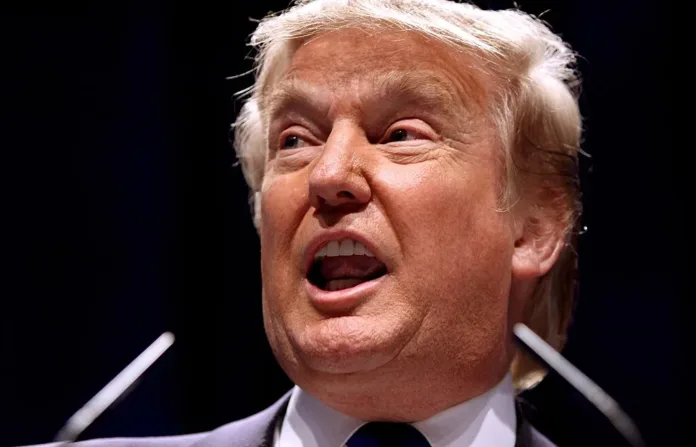European leaders weigh troop deployment and security guarantees in high-stakes talks
Tensions in Europe reached a new boiling point this week as reports emerged that around ten European allies are prepared to send troops into Ukraine. The shocking development, revealed by Bloomberg on 19 August, underscores just how far the conflict has shifted since Russia’s full-scale invasion in 2022.
The proposed deployment of foreign troops comes as part of a sweeping package of security guarantees that could be finalised within days. European leaders are moving rapidly after U.S. President Donald Trump voiced support for the plan during a White House summit. Officials believe the presence of European forces could serve as a deterrent against further Russian aggression, while also forming a central pillar of any eventual peace deal.
The idea of boots on the ground is explosive. For much of the war, Western powers have provided weapons, intelligence, training, and funding, but resisted crossing the line into direct troop commitments. This latest proposal represents a dramatic escalation, one that risks dragging NATO nations deeper into confrontation with Moscow.
Bloomberg’s report stressed that discussions are accelerating. Diplomatic sources confirmed that up to ten countries are considering contributing forces, though none have publicly declared troop numbers or operational details. Such ambiguity is deliberate, insiders suggest, designed both to maintain strategic flexibility and to test Moscow’s response.
While European capitals debate the scope of their involvement, Washington has signalled a parallel shift. Trump, speaking at the summit, indicated that the United States may provide air support for Ukraine as part of the peace framework. Air cover from the world’s most powerful military would transform the dynamics of the war, strengthening Kyiv’s negotiating hand but also raising the stakes of any Russian retaliation.
Embed from Getty ImagesIn Moscow, officials lashed out at the proposal. Foreign Minister Sergei Lavrov declared that no serious discussion of security guarantees for Ukraine could take place without Russia at the table. Kremlin watchers noted his comments as a clear warning that Moscow would reject any arrangement that sidelines its authority.
Meanwhile, President Vladimir Putin has been working the phones, speaking with Turkish President Recep Tayyip Erdoğan ahead of a potential meeting with Ukrainian President Volodymyr Zelensky. Erdoğan has long positioned himself as a mediator, but analysts say the Kremlin’s renewed outreach highlights how unsettled Moscow feels about the momentum shifting westward.
Events on the ground only add to the volatility. Poland reported that a Russian drone crashed near one of its villages, calling the incident yet another provocation against NATO territory. Warsaw has grown increasingly vocal in demanding stronger collective defence, citing repeated airspace violations and debris falls linked to the conflict.
For Ukraine, the promise of international troops and U.S. air cover is both a lifeline and a gamble. President Zelensky has consistently called for stronger guarantees from the West, warning that half-measures only embolden Russia. But even as European leaders edge closer to direct involvement, the spectre of escalation looms large. Critics argue that foreign deployments could turn Ukraine into the flashpoint for a wider war between nuclear-armed powers.
Inside European parliaments, debates are fierce. Supporters insist that standing firm against Russia is the only way to secure lasting peace and stability on the continent. Opponents fear that once troops cross into Ukraine, there will be no easy path back.
The coming week could prove pivotal. If the security package is signed, it will mark the most dramatic expansion of Western involvement in Ukraine since the war began. Whether it brings Moscow closer to the negotiating table or drives it further into confrontation remains uncertain.
What is clear is that the world is once again watching Europe’s leaders as they stand at the edge of a decision that could reshape the future of the war—and the continent itself.
